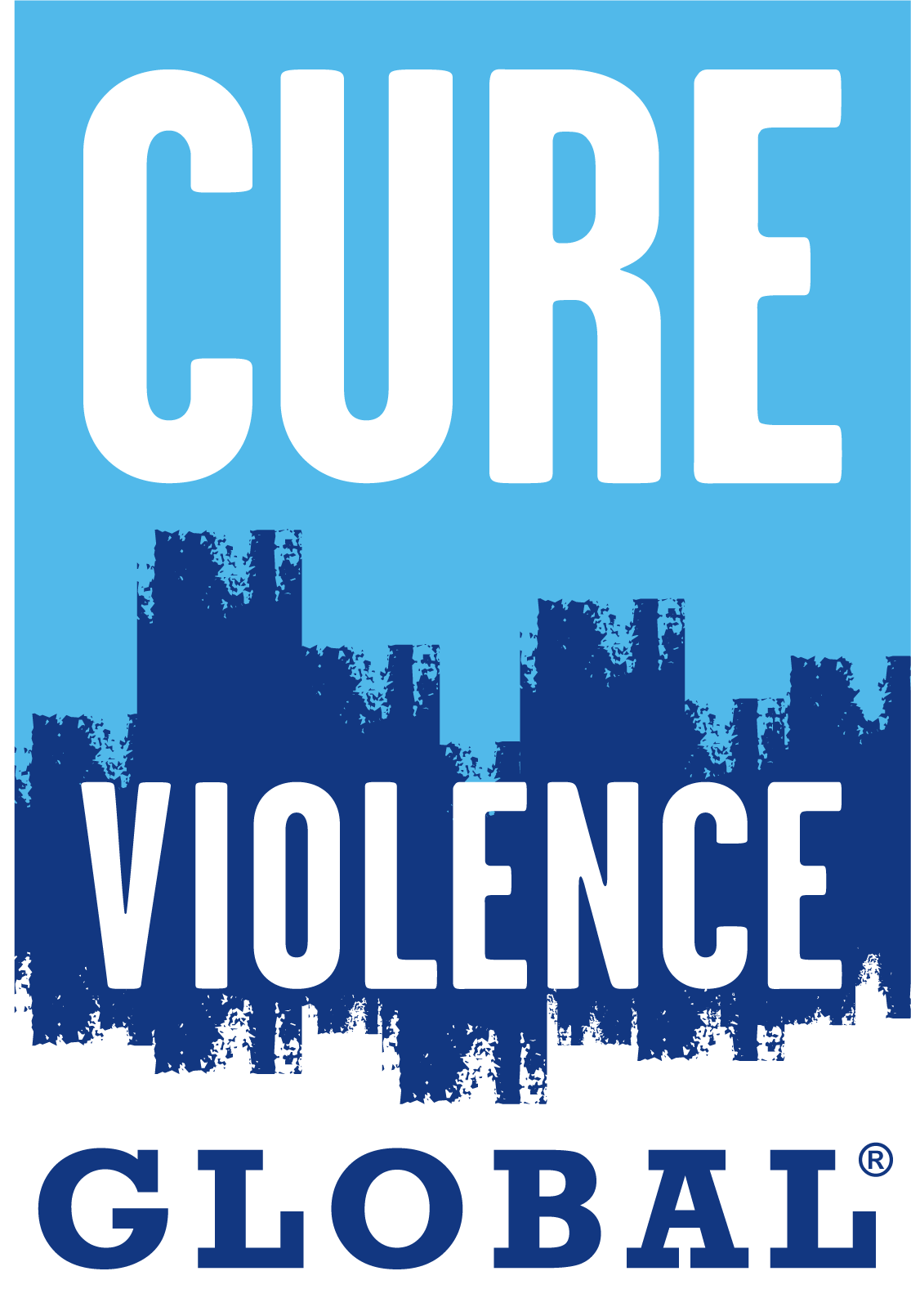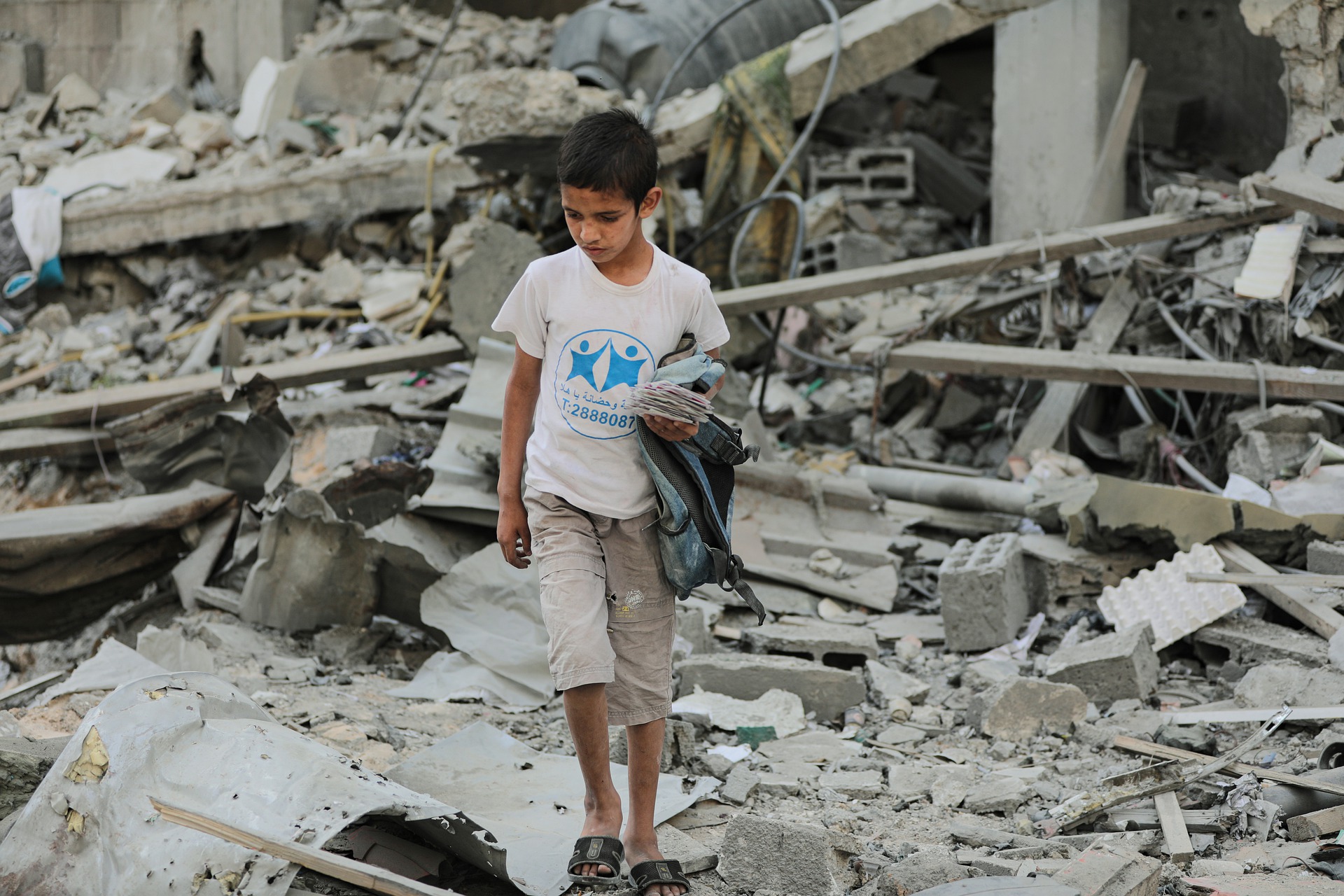by Jule Voss, Mohammed Alshurafa, and Cassandra Paschall
Introduction
While direct forms of violence clearly affect the development of children, structural violence is often overlooked as having as much of an impact despite its pervasiveness. Whether a child experiences alienation from society due to their identity or is prevented from receiving their basic needs due to living in poverty, structural violence impacts the brain development of a child.
Norwegian sociologist, Johan Galtung, coined the term structural violence in a research article entitled “Violence, Peace, and Peace Research” in 1969.[1] Galtung conceived of violence in terms of influence. According to him, a complete influence relation involves an influencer, an influencee, and a mode of influencing.[2]
In the case of personal violence, there’s a clear manifestation of the subject, the object, and the action. However, Galtung argues that a conception of violence only in terms of this personal influence relation is incomplete. In his research, Galtung drew distinctions among the influence relation components, the most important being whether or not there is a subject (person) who acts.
Direct or personal violence refers to acts of violence in which there is an actor that commits violence, while structural or indirect violence occurs when there’s no clear actor. Structural violence, as the name suggests, is built into social, political, and economic structure and shows up as unequal power relations.[3]
Since Galtung first coined the term, structural violence has been defined in a variety of ways across different contexts and disciplines. While various definitions exist (Brock-Utne, 1989; Farmer, 2004; Montesanti and Thurston, 2015; Winter and Leighton, 2001; Lee, B. X. 2019), there are certain recurring/core components of structural violence:[4][5]
- Inequality and exploitation of certain groups of people who experience unequal life chances, which results from the complicated interaction of political, economic, and social factors embedded in the way society is organized
- The manifestation of inequality as a result of unequal power dynamics inherent in the ‘structures’ of society.
- The avoidable impediments placed on a certain group of people in a society that prevent them from obtaining the basic and daily needs or necessities for a decent life that would otherwise be possible
- Reinforcing and preserving structural violence via intergenerational acceptance of customs and social norms.
The outcomes of structural violence are not only, at the extreme, unavoidable death,[6] but also include psychological distress, lack of social mobility, and lack of access to education and health services.[7] [8]
Poverty and War
Structural violence harms children by limiting the range of protective factors available to them during childhood development and creating intergenerational legacies of trauma.
Poverty is one form of structural violence which harms children. According to the American Psychological Association, childhood poverty is linked to poor academic achievement, school dropout, abuse and neglect, behavioral and socioemotional problems, physical health problems, and developmental delays. Economists estimate that childhood poverty costs an estimated $500 billion in the United States annually.[9]
Globally, poverty contributes to the 200 million children under the age of five worldwide who will not reach their full development potential and the 6 million who will die before they attain the same.[10] This is not an inevitable reality; interventions to promote early childhood development through nurturing caregiving, good nutrition, access to health and early learning opportunities, and protection from violence have been shown to mitigate the harmful effects of systems of oppression.[11]
Likewise, situations of armed conflict present a range of challenges for children. Armed conflict encompasses direct violence against children, such as the six grave violations against children in armed conflict outlined by UN Security Resolution 1261, and structural violence, in the form of the destruction of community resources from clean water to family structures.[12] These forms of violence affect children long after the end of a conflict, and the effects on brain development can become a lasting impediment to future peacebuilding efforts.[13] There is ample evidence that placing children in chaotic or unstable living conditions can result in sustained and extreme activation of the stress response system. This kind of prolonged activation of the stress response systems—without adequate adult support—can disrupt the development of the brain architecture.[14] See CVG’s “Violence in Childhood – The Early Years” to learn more about the effects of childhood violence on the brain development.
Children of Gaza
 The Gaza Strip is located on the Mediterranean Sea next to the northeastern corner of Egypt. Despite the Israeli government’s disengagement from Gaza in 2005, the strip has remained under an economic blockade since 1967.[15] The blockade imposed by Israel has undermined Gaza’s economy, resulting in high levels of unemployment, food insecurity, and aid dependency with around 47 percent of households in Gaza suffering from moderate to severe food insecurity.[16]Additionally, the internal division between the Palestinian political actors, Fatah and Hamas, has reduced the capacity of local institutions in Gaza to deliver essential services, respond to emergencies, and enforce the rule of law.[17]
The Gaza Strip is located on the Mediterranean Sea next to the northeastern corner of Egypt. Despite the Israeli government’s disengagement from Gaza in 2005, the strip has remained under an economic blockade since 1967.[15] The blockade imposed by Israel has undermined Gaza’s economy, resulting in high levels of unemployment, food insecurity, and aid dependency with around 47 percent of households in Gaza suffering from moderate to severe food insecurity.[16]Additionally, the internal division between the Palestinian political actors, Fatah and Hamas, has reduced the capacity of local institutions in Gaza to deliver essential services, respond to emergencies, and enforce the rule of law.[17]
In 2020, the estimated population of Gaza Strip was 2.07 million, and 41.2 percent of the population was below the age of 15.[18] The region has one of the highest unemployment rates in the world, and 50 percent of its population lives under the poverty line. This economic crisis has forced over 80 percent of the population to rely on humanitarian aid to meet their basic needs.[19] Year after year, family and community coping mechanisms are further eroded, and the level of child labor continues to increase significantly.
While these sustained deprivations amount to structural violence, the biggest threat to childhood development potential remains the high levels of direct violence and ongoing conflict in the Gaza Strip. Prior to the recent escalation of violence in May 2021, one in three children were already in a need for support for conflict-related trauma.[20] Today, it is estimated that 91 percent of Gazan children suffer from some form of conflict related trauma. [21]
The following excerpt from an interview with a fifteen-year-old Gazan Miar conducted by CVG’s Mohammed Alshurafa illustrate these devastating effects:
Interviewer: How was your experience during the war?
Miar: It was the most difficult experience in my life. I was expecting to die at any moment. I was worried about my friends too.
Interviewer: Do you have sisters and brothers?
Miar: Yes, I have four sisters, three younger than me and one older.
Interviewer: Were they scared too?
Miar: They were crying all the time; they never witnessed a war like this one
Interviewer: How many wars have you witnessed?
Miar: All the wars, but I am very aware of the 2014 war and this one [referring to the May 2021 war]. I was very young in the past.
Interviewer: How did you feel after the war ended?
Miar: I wish this war was never happened. Many people I knew are dead. All the streets are destroyed. It is very sad. The library was destroyed also. I used to go there every once in a while and buy novels and other things.
Interviewer: Are you scared now?
Miar: Not really, not as during the war. But after the war, every loud sound I hear, I think it’s an airstrike. My sister once dropped something on the floor, and I thought it was an explosion.
Any event that overwhelms a child’s emotional coping skills can severely impact their psychological development,[22] but in areas like the Gaza Strip where children start witnessing violence at early ages, the consequences are deeper and more lasting. During the eleven days of escalated hostilities in May 2021, 66 children were killed, 470 were injured, 5,400 children lost their homes, 72,000 were displaced to UNRWA schools or relative’s homes, and 400,000 had limited access to clean water due to the damage of wells, groundwater, desalination plants and sewage treatment plants.[23]
While it is too soon to know the full extent of the effects of the violence in Gaza on the children who live there, evidence from a Child Protection Rapid Assessment conducted after the 2014 war points to significant behavior changes because of conflict-related psychosocial distress.[24]
All forms of violence—whether direct or structural—have significant consequences on early childhood development, ranging from reduced earning potential to limited psycho-social development and harmful beliefs about the use of violence to resolve conflict. Yet, children are surprisingly resilient. If given a safe environment free from violence, they have the capacity to overcome adverse experiences and mature into healthy, contributing members of a more peaceful society. The sooner the violence in Gaza ends (both structural and direct), the sooner the healing process can begin and the greater the chances are that the children will grow up healthier and more resilient.
[Image by hosny salah from Pixabay]
References
[1] Galtung, J. (1969). Violence, peace, and peace research. Journal of peace research, 6(3), 167-191. https://gsdrc.org/document-library/violence-peace-and-peace-research/.
[2] Galtung, J. (1965). On the meaning of nonviolence. Journal of Peace Research, 2(3), 228-256.
https://journals.sagepub.com/doi/10.1177/002234336500200303.
[3] Carmichael, S. (1968). Black power. In Cooper, D. (Ed.) The Dialectics of Liberation. London Penguin, p. 151.
[4] UNICEF. (2018). Structural Violence against Children in South Asia. Kathmandu.
https://www.unicef.org/rosa/sites/unicef.org.rosa/files/2018-08/SVACS%20report%28web%29August%202.pdf.
[5] Lee, B. X. (2019). Violence: An interdisciplinary approach to causes, consequences, and cures. John Wiley & Sons.
[6] Galtung, J., & Höivik, T. (1971). Structural and direct violence: A note on operationalization. Journal of Peace research, 8(1), 73-76.
[7] Farmer, P.E. (2004). An anthropology of structural violence’, Current Anthropology, 45(3), 205–325.
[8] Farmer, P.E. (2005). Pathologies of power: health, human rights, and the new war on the poor. Berkeley: University of California Press.
[9] American Psychological Association. (n.d.). “Effects of poverty, hunger and homelessness on children and youth.” https://www.apa.org/pi/families/poverty.
[10] Atinc, T.M. & Gustafsson-Wright, E. (2013). Early childhood development: The promise, the problem, and the path forward. Brookings Institute. https://www.brookings.edu/articles/early-childhood-development-the-promise-the-problem-and-the-path-forward/.
[11] UNICEF/WHO. (2018). The nurturing care framework for early childhood development. https://nurturing-care.org/ncf-for-ecd.
[12] Office of the Special Representative of the Secretary-General for Children and Armed Conflict. (2009). The six grave violations against children during armed conflict: The legal foundation. https://childrenandarmedconflict.un.org/publications/WorkingPaper-1_SixGraveViolationsLegalFoundation.pdf
[13] Invisible Wounds: The impact of six years of war on the mental health of Syria’s children https://www.savethechildren.org/content/dam/usa/reports/emergency-response/invisible-wounds-report.pdf
[14] National Scientific Council on the Developing Child. (2005/2014). Excessive Stress Disrupts the Architecture of the Developing Brain: Working Paper 3. Updated Edition. http://www.developingchild.harvard.edu
[15] Human Rights Council. (2015). Report of the detailed findings of the Commission of Inquiry on the 2014 Gaza Conflict. A/HRC/29/CRP.4. https://www.ohchr.org/Documents/HRBodies/HRCouncil/CoIGaza/A_HRC_CRP_4.docx
[16] OCHA. (2016). The Gaza Strip: The humanitarian impact of the blockade. https://www.un.org/unispal/document/auto-insert-197474/
[17] OCHA. (2017). The humanitarian impact of the internal Palestinian divide on the Gaza Strip. https://www.un.org/unispal/document/humanitarian-impact-of-the-internal-palestinian-divide-on-the-gaza-strip-june-2017-ocha-fact-sheet/
[18] Palestinian Central Bureau of Statistics. (2021). Palestine in figures 2020, p. 8. https://www.pcbs.gov.ps/Downloads/book2557.pdf
[19] European Civil Protection and Humanitarian Aid Operations. (2021). Palestine. https://ec.europa.eu/echo/where/middle-east/palestine_en.
[20] UNICEF. (2021). Children bear brunt of violence in Gaza. https://uni.cf/3xq8k0m
[21] Euro-Mediterranean Human Rights Monitor. (2021). One war older: Israeli violations against children and women during the military attack on Gaza (10-21 May 2021). https://euromedmonitor.org/a/4504.
[22] Canadians for Justice and Peace in the Middle East (2012). Psychological impact of war on children in Gaza. Factsheet Series No. 149. https://www.cjpme.org/fs_149.
[23] Euro-Mediterranean Human Rights Monitor. (2021). One war older: Israeli violations against children and women during the military attack on Gaza (10-21 May 2021). https://euromedmonitor.org/a/4504.
[24] United Nations Office for the Coordination of Humanitarian Affairs. (2014). Child Protection Rapid Assessment Report: Gaza Child Protection Working Group. https://www.humanitarianresponse.info/sites/www.humanitarianresponse.info/files/assessments/child_protection_rapid_assessment_gaza_2014.pdf


